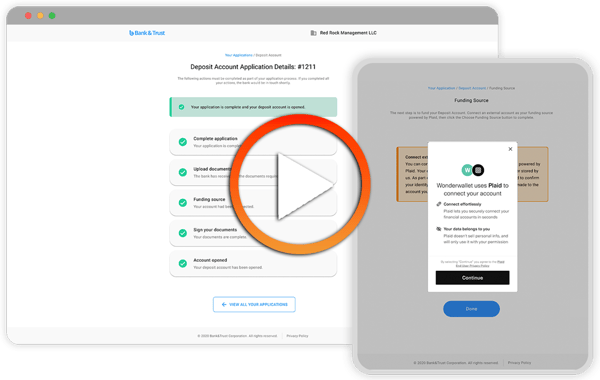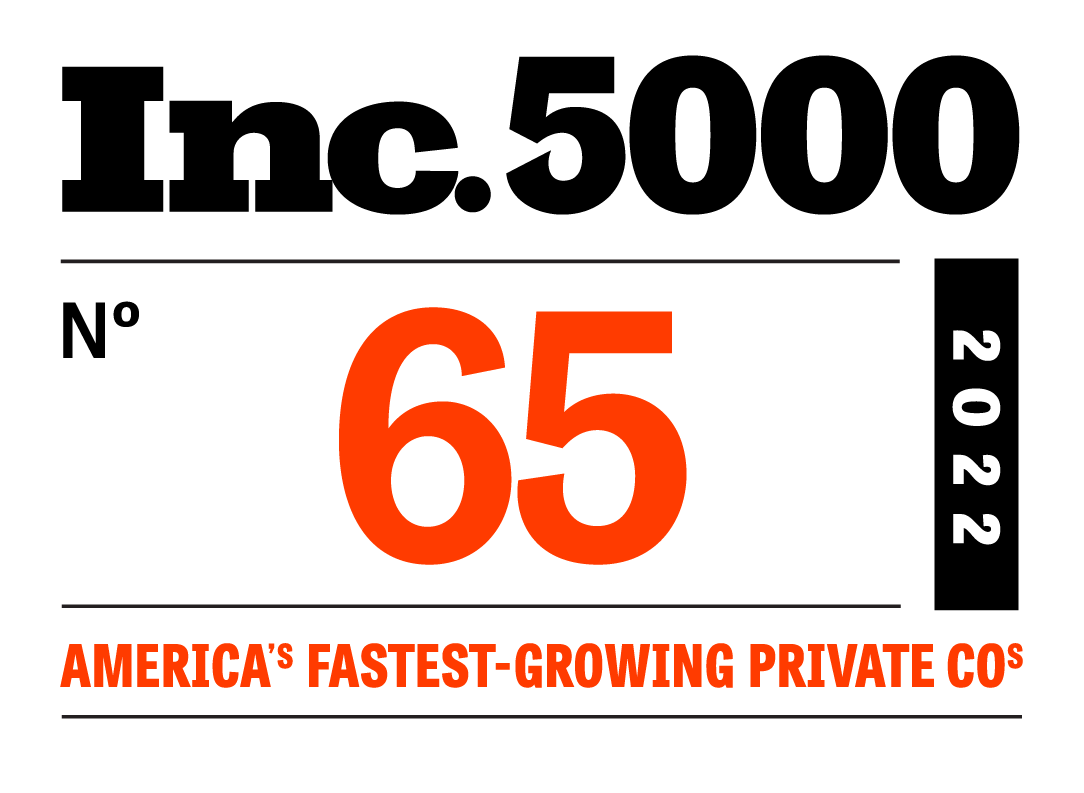.jpg?width=1200&name=Image%20from%20iOS%20(2).jpg)
The COVID-19 Pandemic was a once-in-a-lifetime crisis and forced the banking industry through transformations that few thought were on the near horizon.
Over the span of just a few weeks, a generational digital transformation took place, as banks and credit unions scrambled to make their products and services available online, when branches were mandated to close in the early days of the pandemic.
Some, like BAI Managing Director Karl Dahlgren, were quick to point out that this moment is best defined as a “tipping point”--a term made popular by the New Yorker’s Malcolm Gladwell, which means “the moment when an idea, trend, or behavior crosses a threshold of mass acceptance and spreads like wildfire.”
For bank customers, the pandemic represents a tipping point where digital-first behavior became the norm, and when expectations of service changed forever.
This is especially true when we zoom in on business banking, where incredibly complicated Paycheck Protection Program loans were done almost entirely online and, in some cases, without the help of bankers at all.
In a recent report for International Banker, Simon-Kucher & Partners Director David Lielacher and Global Banking Practice Senior Partner Jens Baumgarten, succinctly summed up how this moment has redefined business banking in the eyes of customers:
Banking has always been a people business, and there are many activities that still today lead to better results when carried out face to face. However, the crisis has shown that an increasing number of activities are more efficient and convenient when carried out from the comfort of the customer’s home.
According to David and Jens, as the pandemic subsides and we get back to business as usual, “banks should focus their priorities on creating a flawless omnichannel experience along each touchpoint of the customer journey,” considering the “countless interesting options at [customers’] fingertips from providers.”
Accommodating this kind of digital-first experience goes beyond just meeting customer expectations, or allowing banks and credit unions to “offset the loss of personal contact” in the new norm, as David and Jens suggest.
Rather, an interesting study out of Bain & Company showed that as customers turned to digital banking channels during the pandemic, “one negative effect for banks [was] more hidden defection of consumers buying products from banks and providers other than the primary bank.”
In fact, when analyzing platform data, we too found that banks and credit unions using the Numerated Digital Lending Platform during PPP saw substantial opportunities to attract and convert new customers based on the strength of their digital offering.
For example, Montecito Bank & Trust President and COO George Leis recently told us during a Weekly Insights Session, that his institution helped roughly 300 businesses secure PPP loans that previously did not have relationships with his bank.
“We’ve earned the right to ask those clients that are new to Montecito Bank & Trust: Do you want us to be your bank?,” George said. “To ask them: In addition to your PPP loan, do you have any other lending needs? And if they were happy and satisfied with the way we interacted with them through the Numerated platform, we’d love to entertain a loan request.”
While Montecito is ahead of the curve--having already secured a digital lending platform--other banks and credit unions that want to compete coming out of the pandemic will need to take a similar, digital-first approach.
According to David and Jens, as financial institutions “rethink their distribution strategies” their primary focus should be on providing easy and efficient customer experiences. “Even if a product or service isn’t simple or exciting by nature, banks should still do their best to present their offerings in the most intuitive and engaging way possible,” they wrote.
The right approach, according to their report, carefully combines behavioral intelligence with advanced data analytics to optimize sales and realize efficiencies. But they warn of the hazard that banks and credit unions face in going it alone:
Developing digital platforms requires an agile approach, with several test-runs needed early on to understand the fragile balance between what a customer sees as helpful versus overwhelming. Rather than diving into these topics blindly, in-depth knowledge and experience in combining data analytics with behavioral economics are crucial for making sales initiatives a success.
The Numerated Digital Lending platform is purpose built for business banking and dramatically reduces work for financial institutions and their customers using data--providing the best customer experience available and saving bankers 3-4 hours on doc prep, per loan.
Today, more than 400,000 businesses and 1 million users have leveraged the platform to secure more than $50B in lending from the more than 140 institutions partnering with Numerated.
As banks and credit unions make the turn out of PPP and look for new ways to engage their customers and return to growth, Numerated is lending a hand with a single platform that provides a consistent customer and banker experience across any business banking product.
To learn more about the Numerated Digital Lending Platform and how it can help your institution take the work out of business banking, contact us today or register for one of our weekly webinars, by saving your seat here.







